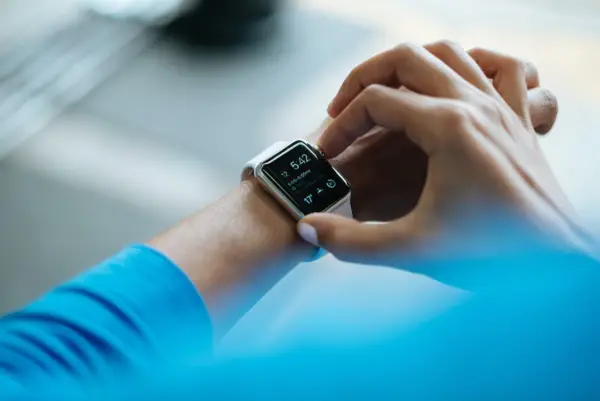
5 Groundbreaking Medical Technology Advancements in Aged Care
Medical technology is evolving at a rapid pace, with patients and healthcare providers now able to take advantage of a wide range of products, like health wearables, 3D printing, artificial organs, and robotic surgery, to improve patient quality of life.
However, there have also been a surprising number of advancements in aged care technology, with emphasis on products and software that will plug communication gaps, improve quality of life, and focus on prevention. You might enjoy peace of mind knowing your aging loved ones could soon be taking advantage of some of the following groundbreaking advancements.
Patient-Centered Software
With the help of development consulting companies like Innovenn, medical professionals can now use patient-centered software to provide more cohesive and in-depth patient care. Such software typically provides a central location for all patient information, ensuring all healthcare professionals have access to the same details, such as medication, dietary requirements, and illnesses. When data is available in one central location, it can sometimes be less likely for important details to be missed, and patients might be safer as a result. There are even platforms for radiology that optimize the patient experience, allowing for easier scheduling and reporting.
Wearable Health Monitors
Wearable health monitors are designed to be worn around the neck or wrist and monitor your heart rate. If the monitor picks up anything untoward, the data is relayed back to healthcare providers, who can take swift action to alleviate the problem. Wearable health monitors are fast becoming a popular option for in-home residents and those who are aging in place. Many personal alarms also incorporate heart monitors so that unwell people can keep themselves safe and maintain their independence.
Alert Buttons
Alert buttons are a popular form of technology in aged care facilities. These buttons are installed around resident living spaces, typically at knee or hip height, so residents can access them after a fall or when they’re feeling unwell. Once pressed, an alert will go off with the medical staff, who can identify where the resident is and their need for immediate assistance.
Facial Recognition
Facial recognition has been a convenient form of technology in our daily lives for some time, with many people relying on it to gain access to their mobile devices without the need for passwords or pin codes. However, it also has the potential to prove valuable in aged care facilities. This technology around entrances and exits might ensure that doors can be automatically locked anytime someone with an illness that puts them at risk of wandering is identified.
Smart Sensors
Aged care service providers can be rushed off their feet, and they aren’t able to spend as much quality time with their residents as they would like. However, technology like smart sensors is helping them to keep their unwell residents safe.
Intelligent sensors can be installed under seat cushions and within bedding to take notice of movement. Many of the best smart sensors also have motion-sensitive cameras, alerting medical professionals when residents fall or haven’t moved for an extended period.
There’s no denying that groundbreaking medical technology advancements are being made all the time in general healthcare, but there are also exciting developments in aged care. The more technology we introduce into aged care facilities, the safer and healthier our aging loved ones might be.